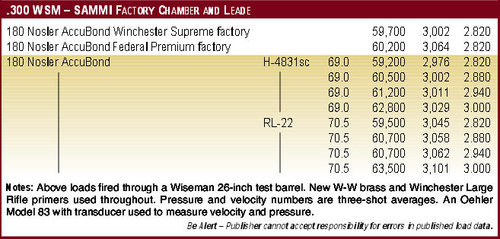RL-22 has a big reputation for temp sensitivity. I didn't think it was that big of a deal until I ran into pressure signs at warmer temps. In CA this can be a big issue, and while I developed loads at 65ish degrees, 80 was too much.
Back to the drawing board. Hopefully I can find a powder that can get me back to 3,100fps with 145LRX since my CDS dial is engraved for it.
If you can only get say 3,025 or so sight in 1/2" high at your 200yd zero and it should be near perfect to say 700. Plug it into a ballistic calc for the actual #. I've done it for two different rifles even if I want to use my one custom turret instead of MOA. Two rifles with similar ballistics that is. Just a thought.






